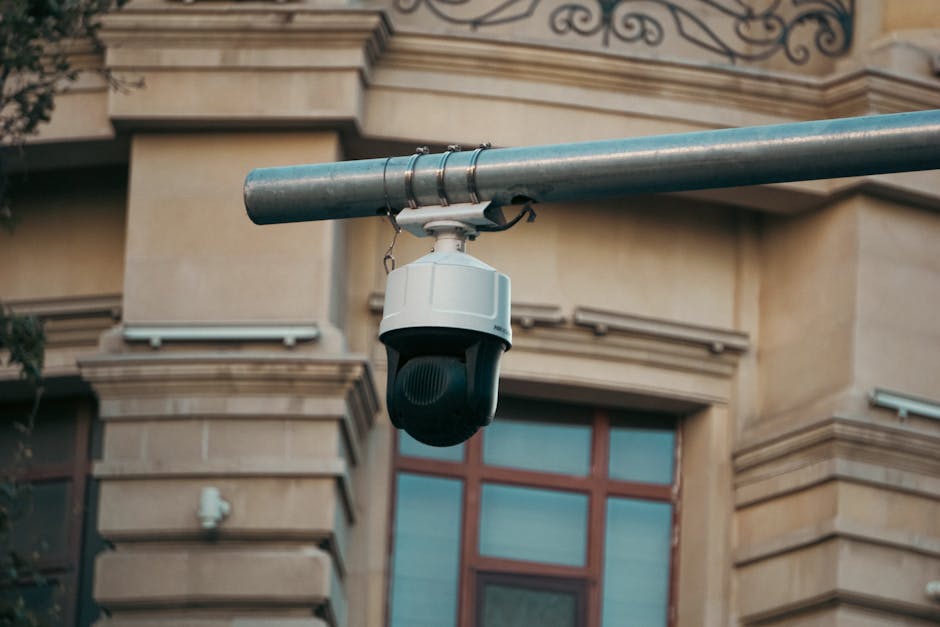Solutions for GDPR-Compliant Cybersecurity: Secure Your Business Data
Compliance with the General Data Protection Regulation (GDPR) is no longer optional for businesses operating within or targeting the European Union. Since its implementation in 2018, GDPR has set a gold standard for data protection and privacy laws worldwide. While its primary focus is safeguarding personal data, it also directly intersects with cybersecurity by holding businesses accountable for protecting sensitive information.

For companies, this dual responsibility requires a clear understanding of GDPR’s requirements and implementing robust cybersecurity measures to ensure compliance.
Understanding GDPR and Its Connection to Cybersecurity
The General Data Protection Regulation was introduced to enhance the rights of individuals regarding their personal data and to standardize privacy laws across EU member states. Key principles of GDPR include data minimization, accountability, transparency, and security. While these principles focus on data handling, they inherently tie into cybersecurity practices aimed at preventing breaches and unauthorized access.
GDPR mandates that businesses implement “appropriate technical and organizational measures” to secure personal data. These measures include encryption, anonymization, and regular vulnerability assessments. Failure to comply not only risks significant financial penalties but also jeopardizes customer trust, something far more valuable in the digital marketplace.
Take, Article 32 of GDPR, which outlines the security of processing. This clause requires companies to assess risks associated with data processing activities and adopt measures proportional to the identified risks. A breach of personal data under GDPR isn’t merely about technical failure; it could result from procedural errors or human negligence. Therefore, aligning cybersecurity policies with GDPR is more than a legal obligation, it is an operational necessity.
Practical Solutions for GDPR-Compliant Cybersecurity
Ensuring compliance with GDPR while maintaining robust cybersecurity may seem complex but can be achieved through well-thought-out strategies. Below are key approaches:
- Data Inventory: Conduct an extensive audit of all personal data your organization processes. Identify where it is stored, who has access to it, and how it flows within your systems.
- Encryption: Encrypt sensitive information both in transit and at rest to prevent unauthorized access even if a breach occurs.
- Access Control: Limit access to personal data based on roles and responsibilities within your organization. This minimizes the risk of internal misuse.
- Regular Risk Assessments: Implement ongoing assessments to identify vulnerabilities within your IT infrastructure. Address these risks promptly through updates or additional security layers.
- Employee Training: Educate staff about GDPR principles and cybersecurity best practices. Employees are often the first line of defense against threats like phishing attacks.
An important aspect of these solutions is maintaining clear documentation. Under GDPR's accountability principle, businesses must demonstrate compliance through records showing how they manage data security risks. Such documentation serves as proof during audits or investigations following a breach incident.
The Role of Technology in Securing Business Data
Leveraging technology is crucial in achieving both cybersecurity and GDPR compliance goals. Modern tools designed specifically for these purposes can automate processes, reduce human error, and provide advanced analytics for monitoring potential threats.
One such technology is Data Loss Prevention (DLP) software. DLP solutions monitor and control the movement of sensitive information across networks, ensuring that no unauthorized sharing or leakage occurs. Endpoint protection platforms safeguard devices connected to company networks from malware attacks, a critical feature given the rise in remote work environments.
The adoption of Security Information and Event Management (SIEM) systems is another effective measure. SIEM tools aggregate logs from various sources across your network, providing real-time insights into security events and potential breaches. These insights enable faster response times while ensuring compliance with Article 33 of GDPR regarding breach notifications.
A comparative view of some useful technologies is summarized below:
| Technology | Key Function |
|---|---|
| Data Loss Prevention (DLP) | Prevents unauthorized sharing or leakage of sensitive information. |
| Endpoint Protection Platforms | Protects devices from malware attacks within company networks. |
| Security Information and Event Management (SIEM) | Aggregates logs for real-time threat detection and response. |
| Encryption Tools | Safeguards sensitive data both at rest and in transit using encryption protocols. |
The careful integration of such technologies can make a significant difference in protecting business data while adhering to GDPR’s rigorous standards.
Navigating Challenges in Achieving Compliance
No solution comes without its challenges, especially when addressing regulations as comprehensive as GDPR while managing cybersecurity concerns. Small to medium-sized enterprises (SMEs), Often struggle with resource constraints that hinder their ability to invest in advanced technologies or specialized personnel.
Larger organizations may face complexities due to extensive IT infrastructures spanning multiple jurisdictions. Ensuring consistent compliance across diverse operational units requires meticulous planning and coordination among departments.
A common challenge lies in addressing third-party risks, vendors or partners who handle personal data on behalf of your business must also comply with GDPR requirements. Thorough vetting processes combined with contractual agreements outlining specific obligations can mitigate this risk effectively.
A proactive approach involving regular audits, stakeholder collaboration, and adopting scalable solutions tailored to organizational needs ensures that challenges are met head-on without compromising compliance efforts or overall security standards.
Final Thoughts on Securing Business Data Under GDPR
The integration of cybersecurity measures with GDPR compliance isn't just about ticking off regulatory checkboxes, it’s about fostering a culture where data privacy becomes a core value within an organization. By understanding the intricacies of both domains, businesses not only shield themselves from hefty fines but also build trust with their customers, a competitive advantage in any industry.
It’s essential for every organization to view compliance as an ongoing process rather than a one-time project. Regularly revisiting strategies, updating technologies, and educating employees will keep you prepared against emerging threats while staying aligned with legal requirements. As discussions around global privacy regulations gain momentum beyond Europe, mastering GDPR-compliant cybersecurity today sets a solid foundation for addressing future challenges seamlessly.
